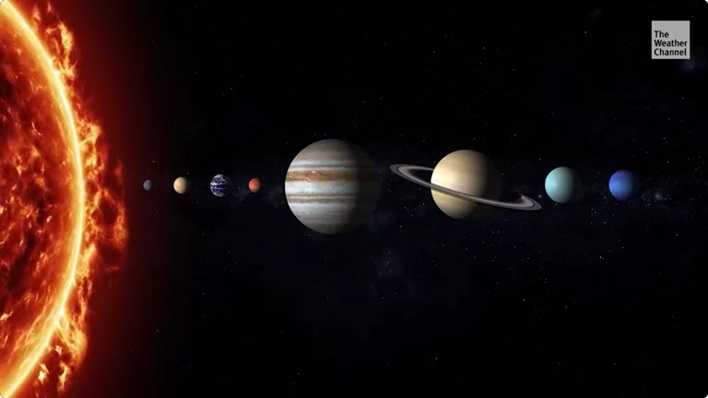Parade Of Planets: How To Watch The Rare Event Unfold In The Cosmos
While the recent aurora that stretched across much of North America recently garnered a good deal of headlines, the other planets in the galaxy (minus Venus) want their time in the spotlight too. Planetary alignment in the night sky is not uncommon, typically with three or four planets making an appearance, but having six show up at the same time is a more rare event.

The term planetary alignment is used to describe the positioning of planets in the solar system that appear to be in a straight line, or close to one, when viewed from a particular location. For us Earthlings, that location is, of course, Earth. While Mercury, Mars, Jupiter, and Saturn will most likely be visible to the naked eye, a telescope or powerful pair of binoculars will be required to view Neptune and Uranus.
Saturn will be the first to take its place in the night sky in the early morning hours of June 3, 2024, along with Neptune. A little later, Mars will join the planetary parade, and will be distinguished by its reddish tint. At dawn, Uranus, Jupiter, and Mercury will join the ranks, with Jupiter being bright enough to see with the naked eye.
The upcoming planetary parade should be viewable most everywhere in the world, at least in locations with a clear sky. It is also important to note that June 3rd is only the “ideal date” for the event. Some places around the world will see it sooner, such as Sao Paulo on May 27.
If anyone is unsure about when to look up for the planetary parade, using a smartphone app such as Sky Tonight will help clear things up. Apps like Sky Tonight are also good for helping to know where in the night sky to look for each planet. It is also a good idea to go to an area with as little city light pollution as possible, and away from any tall buildings.
**Updated 5/24/2024 3:00pm EST: Corrected "Milky Way's" to instead say "Solar System's".


